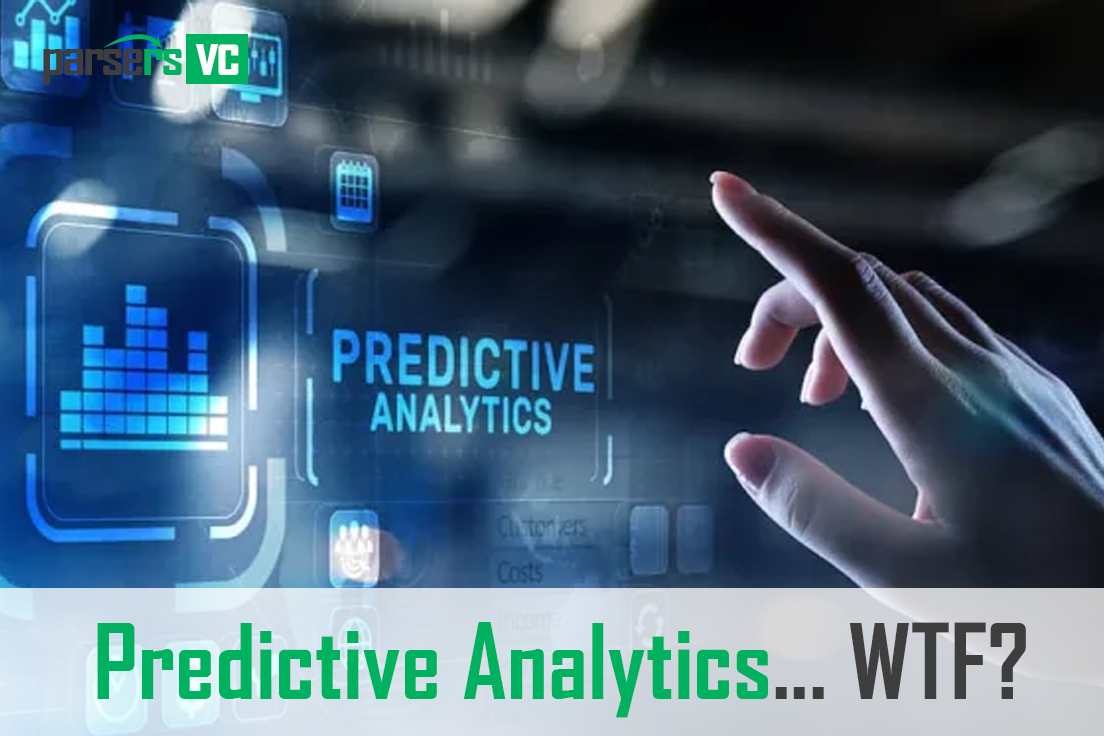Such forecasts, or predictive analytics, rely on a deep understanding of the past and present expressed in data. Let’s take a look at what this evolving field is all about, in theory and in practice.
Thanks to sophisticated systems that connect to and analyze disparate data sets, people not only get a clearer picture of the world around them, but also a chance to look into the future.
Unfortunately, many companies use outdated analytics by inertia. Its static, historical reports describe only what has already happened, and are useless in planning for the future. It’s impossible to build scenarios with 100% accuracy, but with even a rough forecast for the next quarter or year, you can grow your business and transform the industry more effectively.
Predictive analytics: the concept and the main principles
According to the SAS Institute, predictive analytics is the use of data, statistical algorithms and machine learning techniques to determine the probability of future outcomes based on historical data. The goal is to go beyond knowledge of past statistics to give the best estimate of what will happen in the future. Predictive analytics is already one of the most widely used intelligent automation technologies in the world. According to Statista, more than 80% of large enterprises implement predictive analytics.
Predictive analytics outlines the contour of future events using data. Advanced, sophisticated systems use historical data to identify patterns, and then use those patterns to give people an idea of what might happen.
Data management professionals have developed many predictive analytics models for different purposes:
1. Predictive models use many inputs to estimate future outcomes: how long an engine component will last, how many customers are expected per day, how many items should be in stock, etc.
2. Classification models use data to sort information and are particularly useful in answering yes/no questions, such as predicting the risks of losing certain customers or employees more likely, etc.
3. statistical outlier models alert users to the appearance of data that do not correlate with predictions and may be a cause for concern. These could be anomalies such as an unexplained drop in store sales or a sudden spike in mail traffic. They may indicate something that needs attention – such as the use of a position of authority, poor performance, or fraudulent activity.
4. Time-series models take into account regularly changing conditions. For example, holidays such as, New Year’s Eve, Christmas, ornament makers factor into their calculations. For other types of businesses, other predictable cycles, such as election campaigns, the Olympics, astronomical and weather events, will matter.
5. Cluster models sort data into subgroups so that users can refer to them in a targeted way. Sending different messages to customers at different stages of the sales funnel is a good use of clustering.
Why do we need predictive analytics?
The benefits of predictive analytics are revolutionary for any industry. The clearer the picture of the future, the better off a business is compared to businesses that make plans based on only the last quarter or year of data. Companies can now make decisions based on a wealth of detailed data, rather than vague guesses derived from outdated information.
Advanced predictive analytics are embedded directly into business task streams, guiding users to the right actions at the right time through automation and helping them build the future they want. Using predictive analytics, executives can regulate a broader range of decisions and directions for business development.
The basis for successful
Several key elements are required for successful implementation of predictive analytics:
– The right data sources: Do you have the right data? If not, how do you find them?
– Relevant, cleaned data: build a model that includes data on the problem at hand, cleaned of inaccuracies, duplicate records, incorrect formatting, or other flaws.
– Automation and machine learning: large, complex data sets quickly surpass human processing capabilities and require enormous computing power to learn.
– Linking to business goals: predictive analytics does not exist by itself. It must serve broader business goals.
Who needs predictive analytics?
One of the most important qualities of predictive analytics is that, when applied correctly, it can benefit a wide variety of user types. Non-technical users will gain a deep understanding of possible future circumstances without the need for data scientists or IT specialists. Across the entire vertical, from management to front-line employees, decisions and task flows backed by predictive analytics become more efficient and effective for the business.




